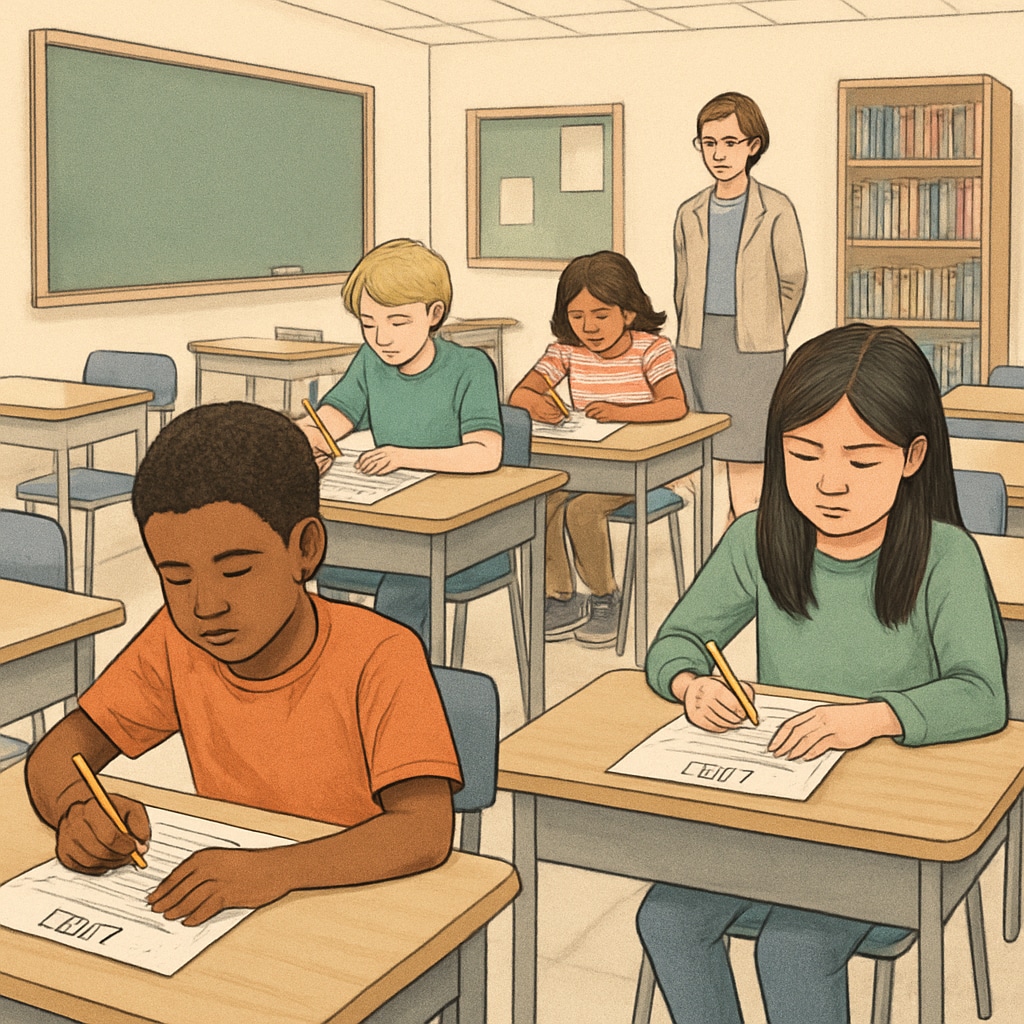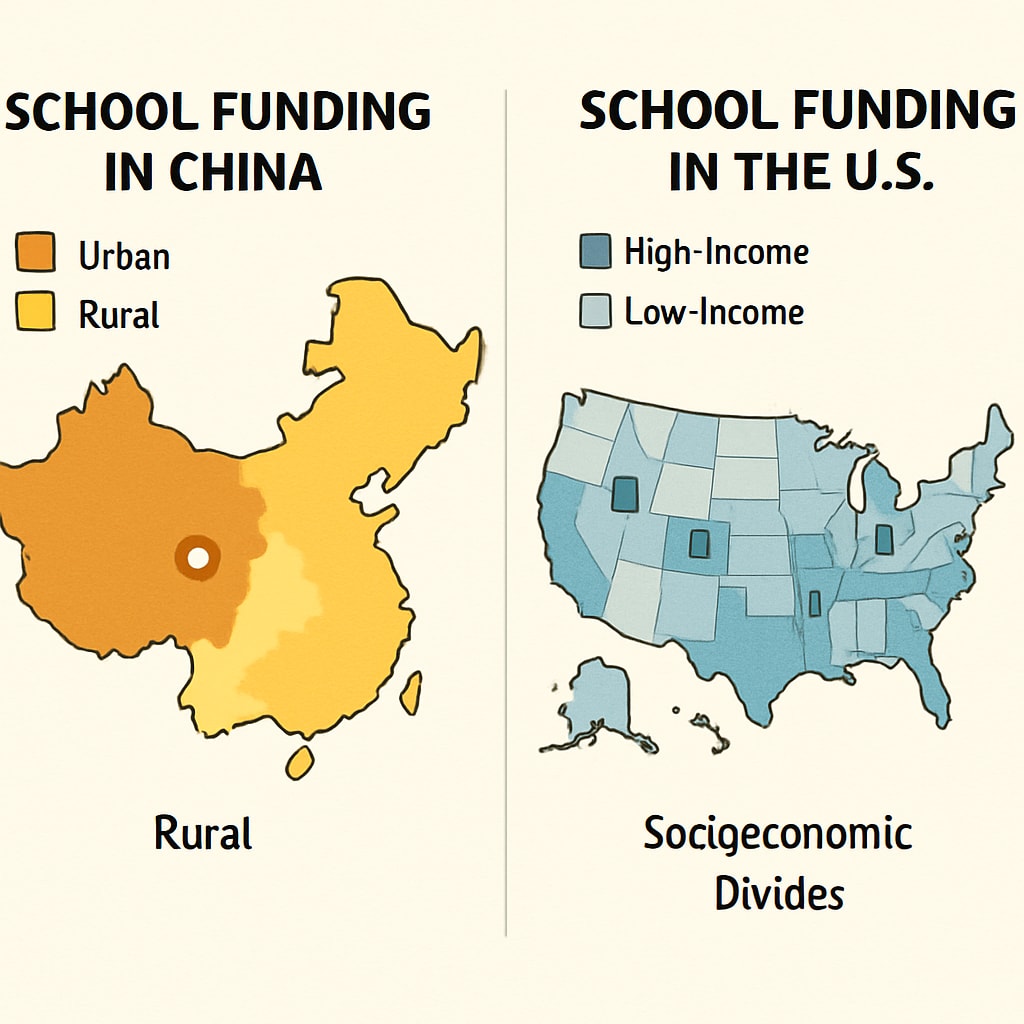The education systems of the United States and China reflect two distinct approaches to shaping young minds, particularly in the K12 stages. From testing frameworks to resource allocation and overarching philosophies, these differences reveal how each nation prioritizes student development and envisions its future workforce. By comparing their values and methodologies, we can better understand the potential impacts these systems have on individual students and society at large.
Testing and Assessment: A Divergence in Approach
One of the most noticeable differences between the U.S. and China’s K12 education systems lies in their approach to testing and evaluation. Standardized testing plays a critical role in both nations, but it manifests in vastly contrasting ways. In China, exams like the Gaokao (college entrance examination) dominate the educational landscape, often determining the trajectory of a student’s entire academic and professional life. This intense focus on testing fosters high levels of discipline and academic rigor but can create immense pressure for students.
Conversely, the U.S. employs broader and more flexible assessment methods. While standardized tests like the SAT and ACT are important, they do not hold the same life-determining weight as the Gaokao. American schools emphasize formative assessments, projects, and extracurricular achievements, encouraging students to develop creative and critical thinking skills alongside academic knowledge.

Resource Allocation: Equity vs. Excellence
Resource distribution in education further highlights the philosophical divide between these two nations. In China, substantial resources are concentrated in urban schools, creating a gap between urban and rural education. This urban-rural divide often leads to unequal opportunities for students based on their geographic location, despite government efforts to improve rural education.
The U.S., on the other hand, faces challenges with resource allocation rooted in socioeconomic disparities. Public schools rely heavily on local property taxes, resulting in varying levels of funding and quality between affluent and underprivileged areas. While initiatives like Title I funding aim to address these inequities, disparities persist, impacting students’ access to quality education.

Educational Philosophy: Individual vs. Collective Development
Underlying these structural differences is the philosophical approach each system takes toward education. China’s education system emphasizes collective success and societal contribution, often prioritizing academic excellence and discipline over individuality. Students are encouraged to master core subjects like math and science, which are seen as essential for national progress.
In contrast, the U.S. values individual growth and personal passions. American schools often promote a more holistic approach, balancing academics with arts, sports, and social activities. This philosophy aims to equip students with skills to succeed in diverse career paths and foster innovation, which is a cornerstone of the American economy.
Implications for Students and National Growth
The contrasting values of the U.S. and China’s K12 education systems have significant implications for their students and nations. China’s system produces graduates with strong academic foundations and resilience, but the pressure can hinder creativity and mental well-being. Meanwhile, the U.S. system nurtures innovation and diversity but faces challenges in ensuring equity and consistency across schools.
As the global economy evolves, both nations must address their respective shortcomings. For China, integrating creativity and holistic development could enhance its students’ adaptability. For the U.S., bridging resource gaps and fostering academic rigor might help produce more competitive graduates. By learning from each other, both countries have the opportunity to create more balanced and effective education systems.
Readability guidance: Short paragraphs and clear headings improve navigation. Lists and examples further clarify key points. The balanced use of active voice ensures clarity, while transitions like “however,” “in addition,” and “for example” connect ideas seamlessly.


